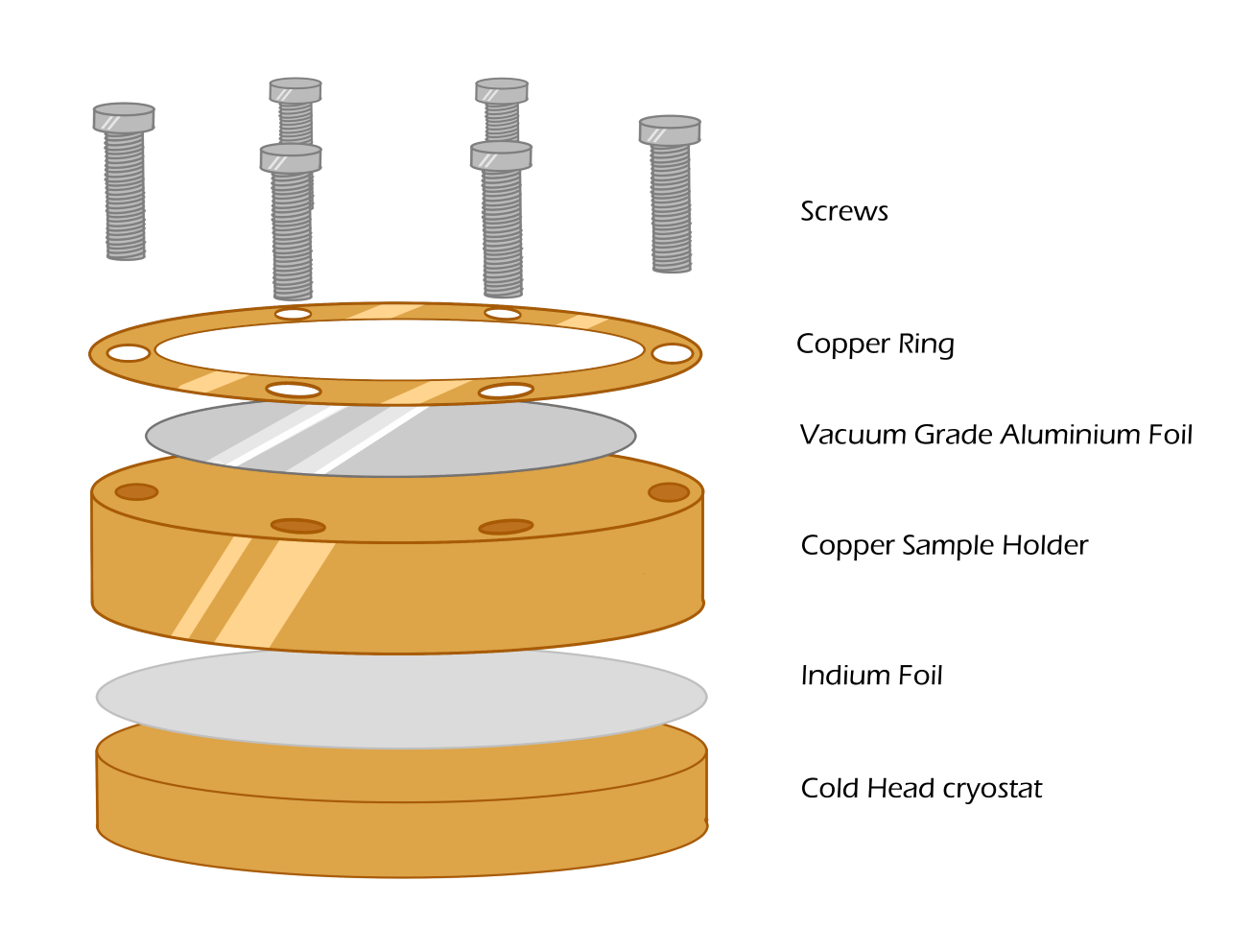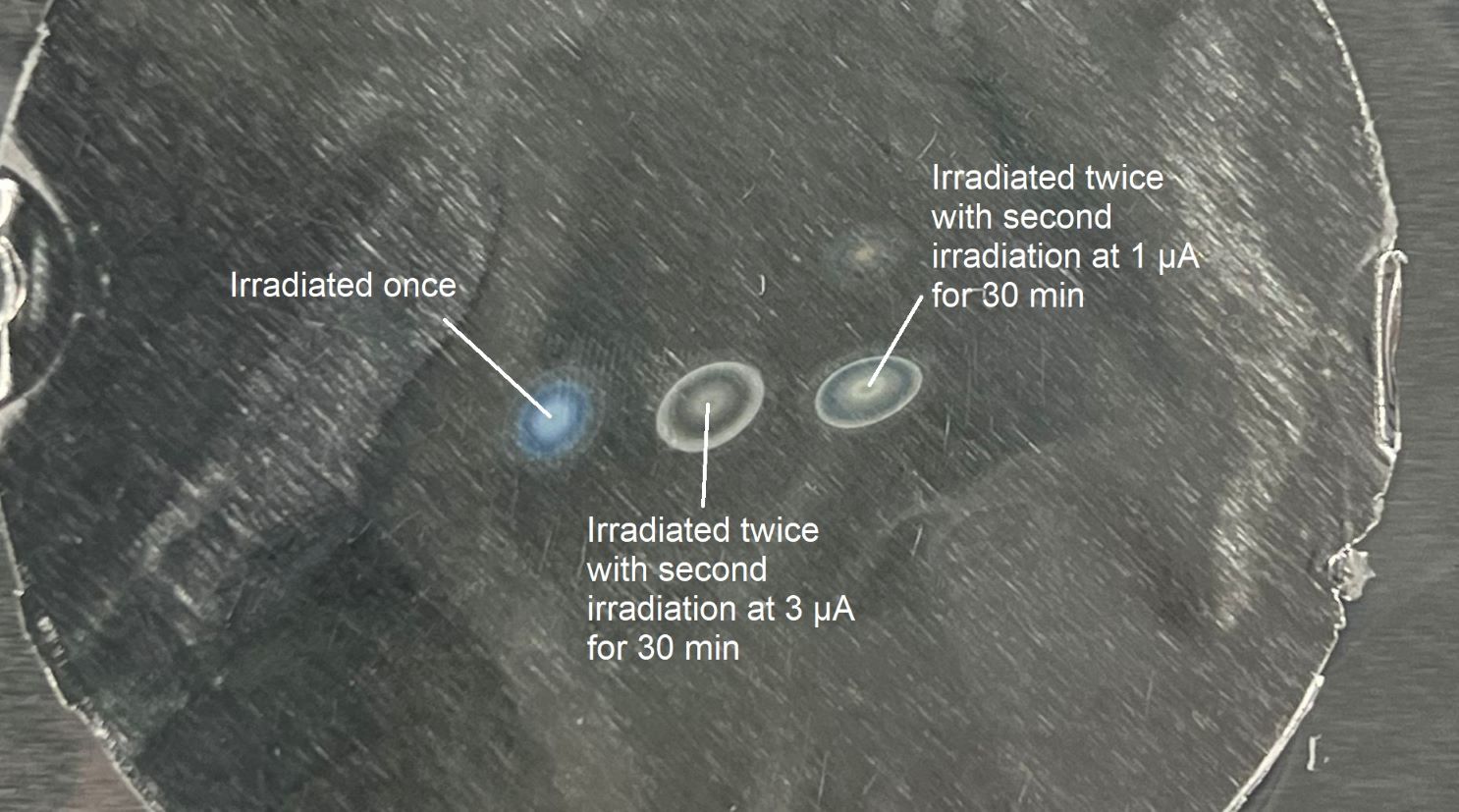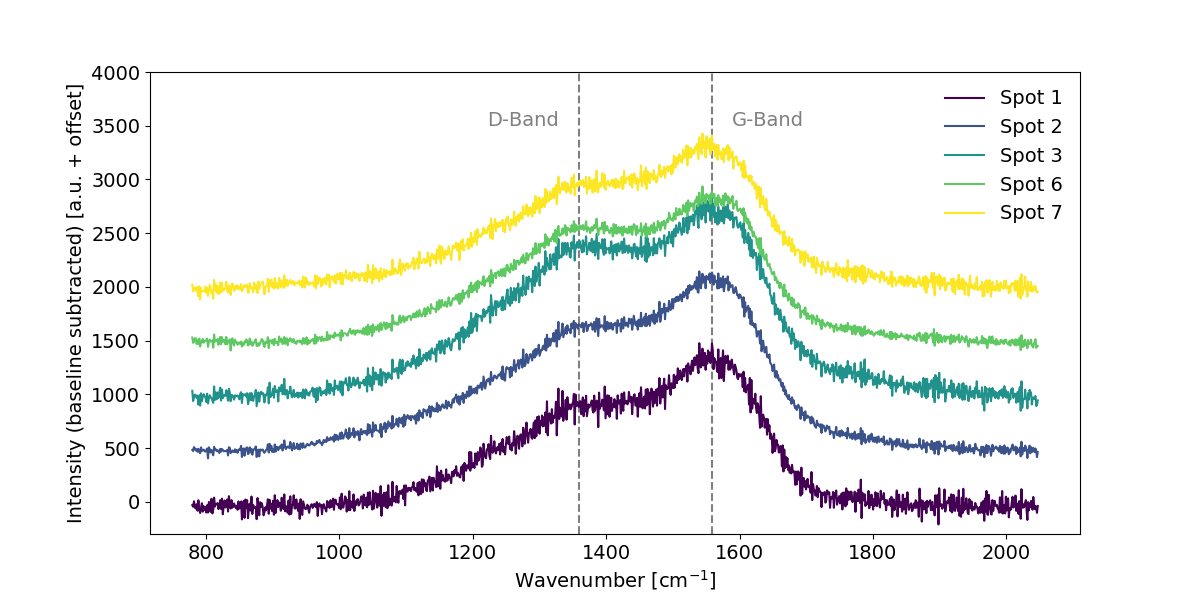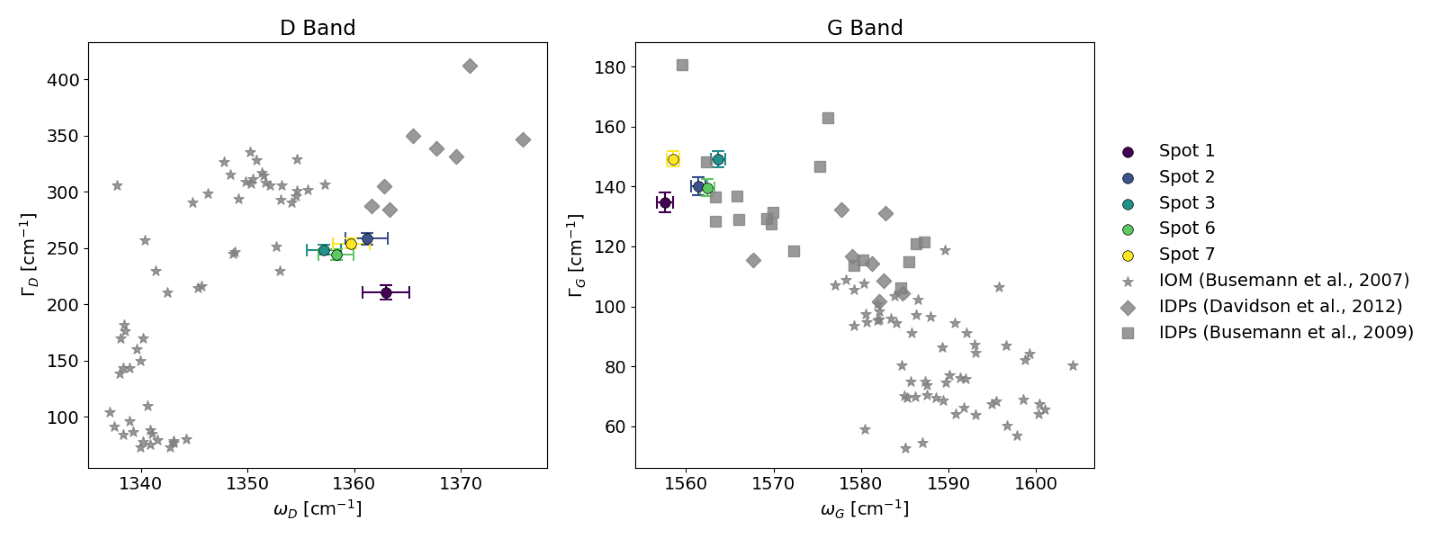The origin of Insoluble Organic Matter: Formation of macromolecules from heavily irradiated simple ices
- 1University of Bern, Physics Institute, Space Research and Planetary Sciences, Switzerland (kristina.kipfer@unibe.ch)
- 2Faculty of Aerospace Engineering, Delft University of Technology, Delft, The Netherlands
- 3Institute of Geochemistry and Petrology, Department of Earth Sciences, ETH Zürich, Switzerland
Comets and asteroids are among the most pristine objects in the Solar System, being formed out of the materials available in the proto-Solar Nebula [1]. Especially interesting are the complex organic molecules in these bodies, as they likely contribute towards the elemental composition of forming planets, as well as potentially being delivered after accretion of planetary bodies via impacts and thus contribute to their molecular inventory [2, 3].
Many primitive solar system objects, such as carbonaceous chondrites or interplanetary dust particles (IDPs), contain organic matter, which itself can be divided into a solvent-soluble (soluble organic matter, SOM) and insoluble fraction (Insoluble Organic Matter, IOM) [4, 5]. The soluble fraction can contain PAHs, sugars, nucleobases, and amino acids [6, 7, 8, 9]. The insoluble fraction is a mix of large macromolecules with numerous molecular links and functional groups [3, 14]. The formation environment of the IOM is an area of ongoing research and IOM could have formed either in the interstellar medium or in the proto-Solar Nebula [3].
In the proto-Solar Nebula, interstellar space, and protoplanetary disks, microscopic ice-coated dust grains are readily available. Laboratory experiments on the energetic processing of extraterrestrial and interstellar ice analogues show that a number of complex molecules form, including prebiotic molecules [e.g., 10, 11, 12, 13, 14], therefore focussing on recreating the chemical inventory observed in SOM. Even though it makes up the majority of the organic carbon in solar system objects, IOM has not been extensively studied in the laboratory. However, the formation pathways of IOM are crucial to understand the complex – insoluble – organic molecules available for the formation of planetary bodies.
Methods
In this study, irradiation experiments on ice are performed with the ICEBEAR setup [15]. The setup consists of a stainless-steel vacuum chamber with base pressures of <2∗10-8 mbar. Vacuum-grade aluminium foil is fixed onto a copper sample holder (Fig. 1), which is mounted on the cold head of a closed cycle helium cryostat, allowing for cooling of the sample holder to < 5 K. The temperature of the sample holder is monitored using a diode and two heating elements are mounted into the sample holder to allow for resistive heating. In a separate gas mixing system, gases are mixed and enter the chamber via a manually operated leak valve. This results in the formation of a simulated extraterrestrial ice film on the aluminium foil.

For the ices investigated in this study, H2O, CH3OH and N2 are used. H2O is the main constituent of interstellar ices, with CH3OH being a major ice component in various astrophysically relevant objects and acting as a carbon donor. N2 is used as a proxy for abundant nitrogen donors, such as ammonia.
The gas mixture is leaked into the chamber, where it adsorbs onto the cold (~10 K) aluminium foil. Next, the ice is irradiated with 5 keV electrons, resulting in the formation of soluble organic matter. For several samples, a second irradiation is performed, which has been observed to lead to the formation of a darker residue, presumed to be insoluble organic matter. Different experimental procedures, including the parameter space of temperatures and irradiation durations and their influence on the resulting residues are investigated.
The produced residues are analysed using micro-Raman spectroscopy at ETH Zürich with a laser operating at 532 nm. Raman spectroscopy is a powerful tool to investigate the structure of carbonaceous material. Especially interesting are the D (disordered) and G (graphite) bands of carbon. The peak widths and positions of the two bands, as well as their ratio, give valuable information about the structural order of the material. The results are compared to IDPs, which are thought to contain some of the most primitive organic matter in the solar system [5].

Results:
The initial analysis of the residue of a double irradiated ice sample with micro-Raman spectroscopy hints towards the formation of amorphous carbon that is even more primitive than the IOM observed in meteorites and rather resembles the IOM extracted from IDPs.
Further analysis is needed to show the evolution of the Raman spectra as a function of the investigated parameters. The ongoing work will be presented and the influence of different laboratory conditions on the resulting residue investigated. This investigation helps bridge the gap between the parent ices as building blocks of organic material in meteorites and comets and the observed structure of primitive meteorites.


References:
[1] Caselli & Ceccarelli, Astron Astrophys Rev 20, 2012, doi : 10.1007/s00159-012-0056-x
[2] Chyba & Sagan , Nature, 1992, doi: 10.1038/355125a0
[3] Alexander et al. Geochemistry, 2017, doi: 10.1016/j.chemer.2017.01.007
[4] Garcia et al., ACS Earth and Space Chemistry, 2024. doi: 10.1021/acsearthspacechem.3c00366
[5] Riebe et al., Earth and Planetary Science Letters, 2020, doi: 10.1016/j.epsl.2020.11626
[6] Pizzarello et al., Meteorites and the Early Solar System II, 2006
[7] Callahan et al., Proceedings of the National Academy of Sciences, 2011, doi: 10.1073/pnas.1106493108
[8] Furukawa et al., Proceedings of the National Academy of Sciences, 2019, doi: 10.1073/pnas.1907169116
[9] Lecasble et al., Geochim. Cosmochim. Acta 2022, doi: 10.1016/j.gca.2022.08.039
[10] Allamandola et al. Space science reviews, 1999, doi: 10.1023/A:1005210417396
[11] Herbst & van Dishoeck, Annual Review of Astronomy and Astrophysics, 2009, doi:10.1146/annurev-astro-082708-101654
[12] Öberg, Chemical Reviews, 2016, doi: 10.1021/acs.chemrev.5b00694
[13] Muñoz Caro et al., ACS Earth and Space Chemistry, 2019, doi: 10.1021/acsearthspacechem.9b00086
[14] Danger et al., A&A, 2022, doi : 10.1051/0004-6361/202244191
[15] Kipfer et al., Icarus, 2024, doi: 10.1016/j.icarus.2023.115742
How to cite: Kipfer, K., Ligterink, N. F. W., Riebe, M., and Allen, N. M.: The origin of Insoluble Organic Matter: Formation of macromolecules from heavily irradiated simple ices, Europlanet Science Congress 2024, Berlin, Germany, 8–13 Sep 2024, EPSC2024-176, https://doi.org/10.5194/epsc2024-176, 2024.